BROWSE COUNTRIES/ TERRITORIES
China carcinogenic
In a feat unparalleled in history, China has lifted an entire generation out of abject poverty. But in doing so, she may have also doomed the next generation. theasiamag.com looks at the rising incidence of cancer among Chinese children.
In Liukuaizhuang, a small village 90 kilometres north of Beijing, a list of 261 names stand in mute protest against China’s rapid economic growth
On the surface, this village of 6,000 is a typical Chinese success story. Where it was once surrounded by open fields, a dozen factories now operate day and night, churning out chemicals to supply to China’s insatiable industrial development.
The villagers cycle or drive cars. They live in modern houses with air-conditioning, refrigerators and microwave ovens. And a 30-pump petrol station on the village’s outskirt reflects a sense of abundance, testimony to China’s incredible wealth creation in the last quarter century.
Walk into the village, however, and one comes across something quite different. Villagers have compiled a list, on it inscribed the names and ages of the people who have died since 1999, of “unnatural causes”. There are 261 entries in all. Among those listed, some died in their 70s and 80s. But there are many others who went before their time—between the ages of 20 and 40. A nine-year-old boy died of brain cancer. He is not the youngest. There is a four-year-old who passed away, cause unknown.
The villagers insist most of the people on the list died of cancer. They blame the deaths on the nearby factories, which indiscriminately dump their toxic waste into the rivers and pollute the drinking water. For those who are still alive, the villagers say, many are living on borrowed time, fighting a losing battle with the lumps, growths and tumours in their bodies
After a trip by village representatives to Beijing to protest against the polluters, the plight of Liukuaizhuang is well known in China. The media call it “cancer village”. Its rate of cancer is 30 times that of the national average. Many of the children born in Liukuaizhuang are unlikely to reach adulthood.
Liukuaizhuang is not an isolated case. There are many other similar cancer villages, cancer towns and cancer cities all over China. They represent the dark side of the country’s incredible march from a basket case to the world’s second-largest economic power.
No country in history has ever lifted more people out of poverty, or faster, than China since it came under the leadership of the late Deng Xiaoping in 1978. But in its headlong rush to create wealth, China has brushed aside the importance of public health and the environment. Now the chickens are coming home to roost.
After persistent economic growth of 9 per cent annually, China has become incredibly polluted. Its sky is filled with smog, its water is toxic, and illnesses and diseases related to industrial development are common.
Environmental emergencies from chemical spillage to plant explosions occur almost daily. Deforestation is rampant. Nowhere is it more evident than in Beijing, which sees the Gobi Desert advancing towards its borders at a rate of 3 kilometres a year. If nothing is done, the Chinese capital will be swallowed by sand and dust before this century is over.
In 2006, things got so bad that they now warrant official attention. Premier Wen Jiabao has threatened to come down hard on polluters. He also told civil servants to shape up on environmental protection and promised to invest vast sums to combat or reverse environmental problems. “We must spend money on pollution control sooner or later. The sooner the better,” he said.
For the untold millions of cancer-prone children in China, Wen’s initiatives may be too little, too late.

Sign of prosperity, sign of pollution: A factory in northeastern Jilin City spilling toxic air into the sky.
Of the 1.3 billion people in China, some 300 million are children, 120 million of which aged six and below. This is the time in their lives when their physical growth is the fastest, rendering them especially susceptible to lead poisoning.
In 2005, the 15th Urban Child Lead Poisoning Survey in China found a full 10 per cent of children under six suffered lead poisoning. The percentage rises with age, as the children continue to absorb lead from a number of sources: industrial emissions (many factories are in the same compounds as schools and homes), leaded gasoline (China will soon overtake Japan as the second biggest car-owning nation in the world), lead-contaminated toys and stationery (crayons, for example), secondary exposures from parents who wear lead-contaminated clothing home from work, and the burning of coal for home heating and cooking.
In 1996 China opened its first lead poisoning prevention centre. A decade later, the number of children suffering from lead poisoning has not fallen. Instead a conservative estimate places the number of victims at 30 million. Their treatment will pose a long-term liability for the state.
In China, children are in danger of many pollutants. Many are poisoned even before they were born.
Scientists had always thought foetuses are immune to environmental pollution. Recent studies (see following story) have shown otherwise.
The placenta, which acts as a cleaning agent for the foetus, is apparently blind to a large number of pollutants created by coal-powered stations, lead petroleum, pesticide and plastic packaging.
A baby born in one of China’s numerous industrial areas would have ingested hundreds of pollutants before it even draws its first breath. According to Frederica Perera, a 64-year old researcher in New York, this could damage their genes and make them future candidates for all forms of cancer.

Toxic catch: a farmer on the outskirt of Fuzhou contemplating his dead fish, which he blamed on chemical waste dumping by nearby factories
Perera is a pioneer in a new field called molecular epidemiology, a discipline that combines urban survey with the study of subtle molecular changes in the human body.
She is attached to the Mailman School of Columbia University. Since 1998, Perera has started a Mothers and Newborns Study, focusing on the effect of pollutants inhaled by expecting mothers on their babies.
Her study is far from conclusive. But eight years of study on 700 women and their offspring have suggested a strong link between fetal pollution and subsequent illnesses of the baby, child or adult.
Perera’s subjects are mostly Afro-American mothers from lower-income families. These people tend to live with more pollution. Some, such as cigarette smoke, are of their own making. But there are others that cannot be avoided because they form part of their surroundings, such as lead in old paint, vehicle exhaust, burnt garbage and smoggy urban air. The circumstances of these women bear a strong resemblance to those of the millions of mothers in China.
Perera monitors these pregnant women’s exposure to airborne chemicals. She also tests their babies as soon as they are born, using the blood from their umbilical cords.
This allows her and her team to track the pollutants that are being passed from mother to child. She has established a positive correlation between the amount and types of pollutants to lower birth weight and smaller head circumferences (which could affect brain development) in some infants.
Perera also looks for signs that show chemicals inhaled or ingested by the mothers had led to changes in the genetic makeup of the children. Specifically, she is watching out for polycyclic aromatic hydrocarbons—pollutants from cigarette smoke, power-plant emissions, automobile exhaust and other sources of combustion. In laboratory tests, these compounds cause cancer in mice and other animals. Many studies of industrial workers also strongly suggest exposure to those chemicals can cause lung cancer.
Perera has also found a positive correlation between air pollution and mutation in the children’s genes. On average, the higher the amount of hydrocarbon compounds in the air as inhaled by the mother, the higher the aberration in the chromosomes of their children. In short, those babies’ DNAs have been changed—and likely damaged—by the pollutants.
The studies by Perera have caused a stir in America. They also have huge implications for China. Every year, at least 20 million babies are born in China. Some 300 million have been born since the country started industralising on a large scale. If pre-natal pollution is indeed linked to cancer and arrested child development, how many Chinese children would have been born with damaged genes, and how many will eventually succumb to cancer?
Related Stories:
Login or Register
 Lee Han Shih is the founder, publisher and editor of asia! Magazine.
Lee Han Shih is the founder, publisher and editor of asia! Magazine.
- Asian Dynasties and History
- Conservation of the Environment
- Definition: Culture
- Economy and Economics
- Food and Recipe
- Geopolitics and Strategic Relations
- Health and Body
- Of Government and Politics
- Religion and Practices
- Social Injustices and Poverty Report
- Society, Class and Division
- Unrest, Conflicts and Wars








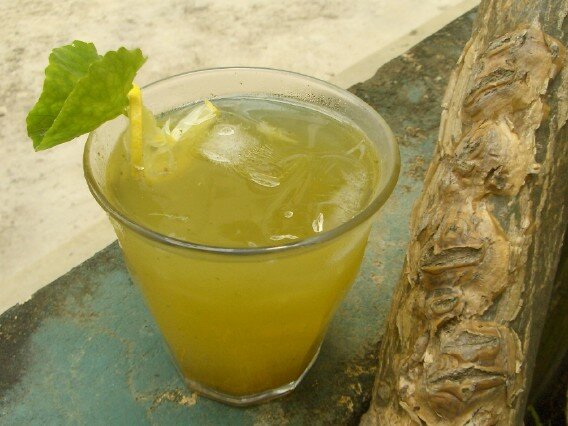





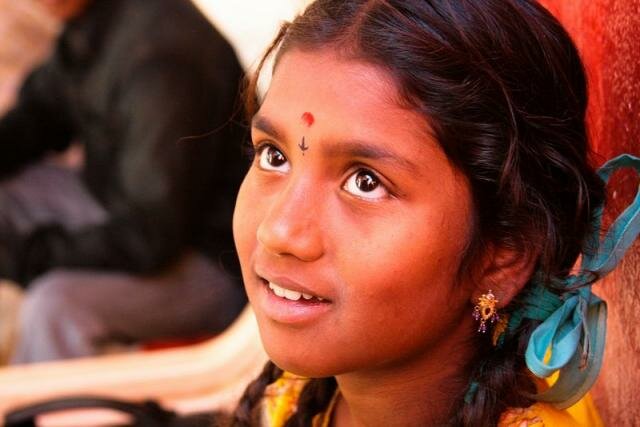
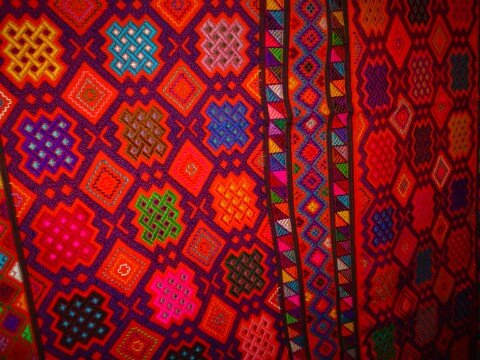

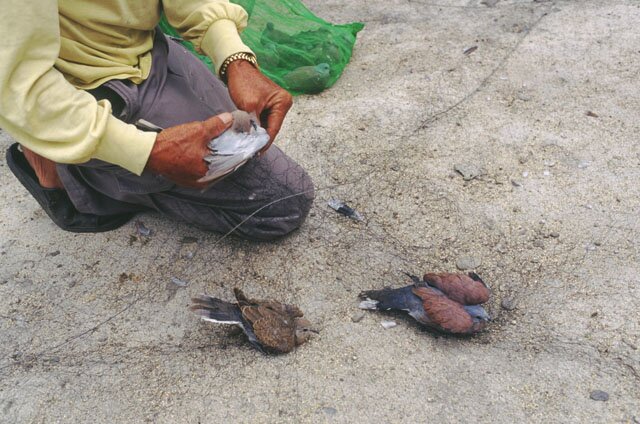







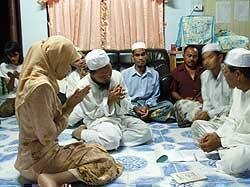


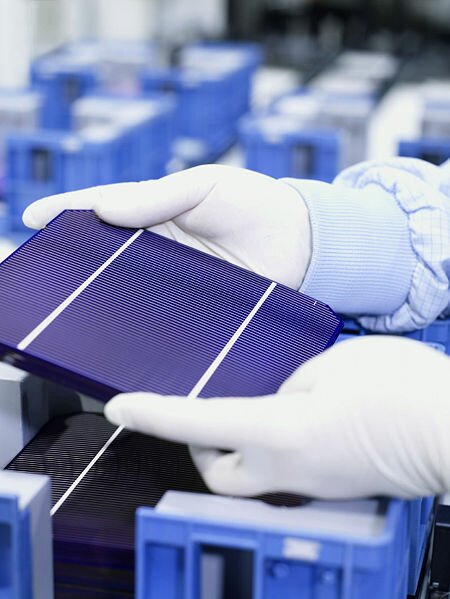




 Another Point
Another Point From Jerusalem to the West Bank
From Jerusalem to the West Bank
Comments
Post new comment